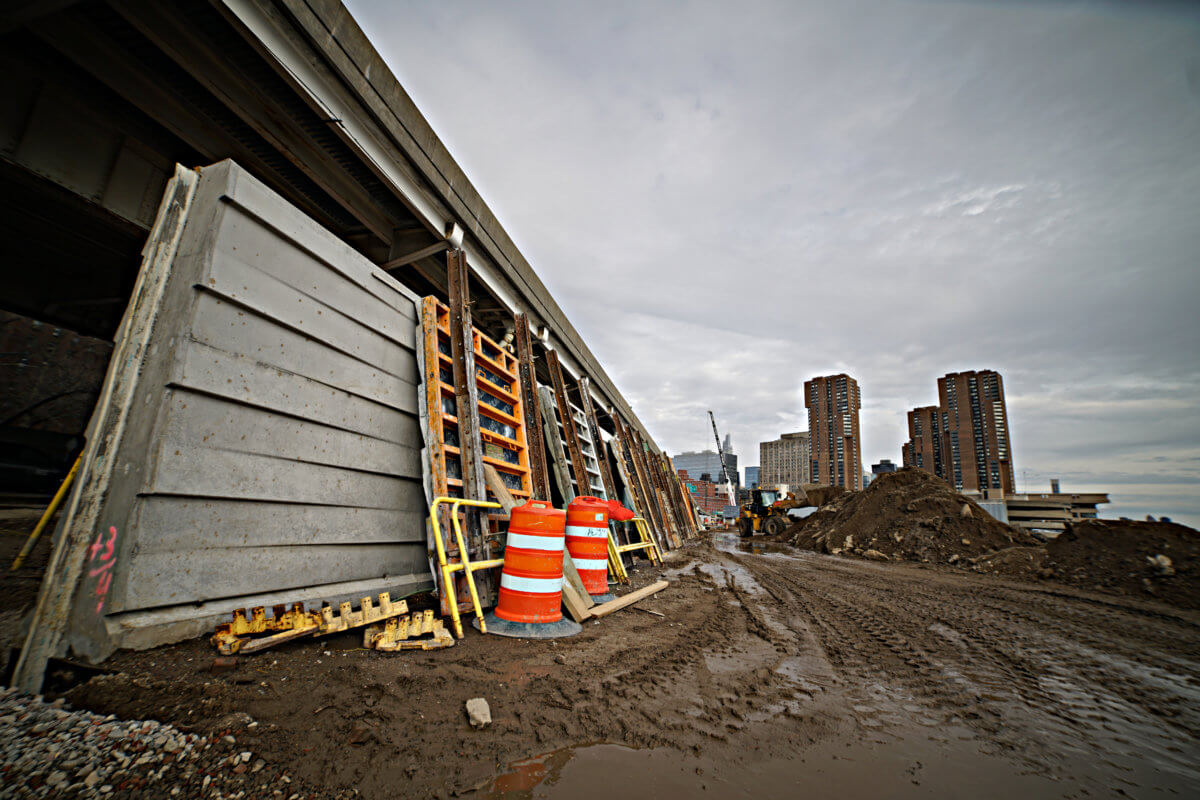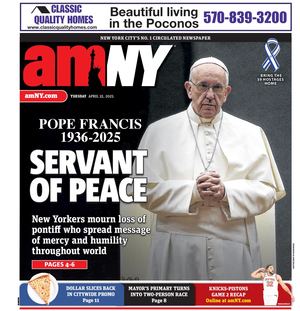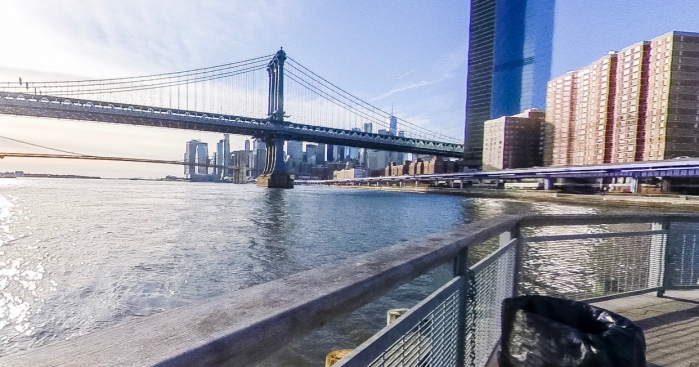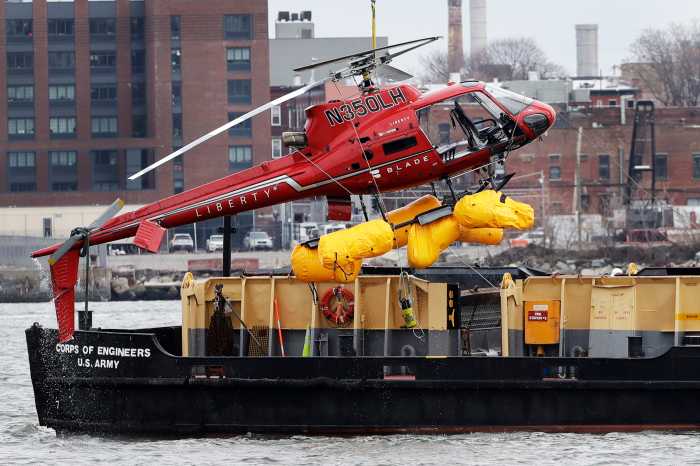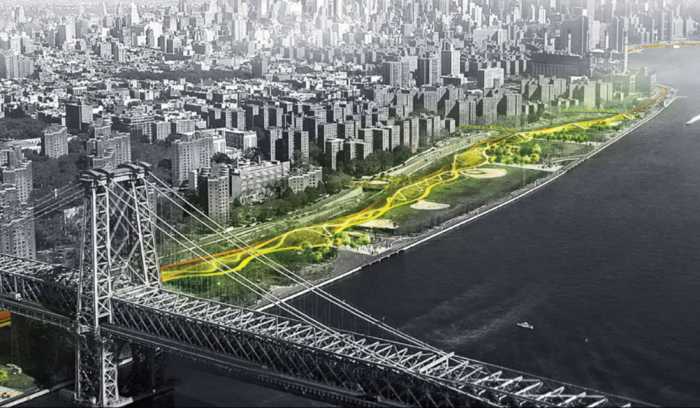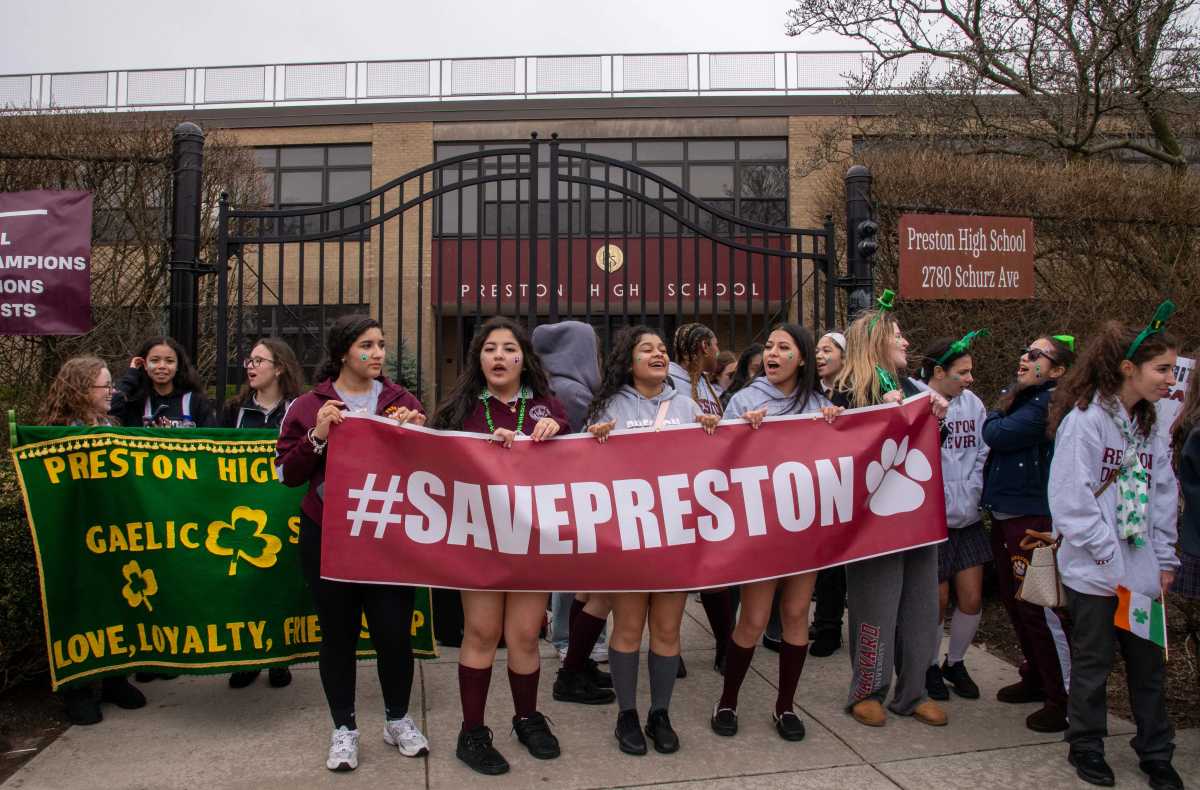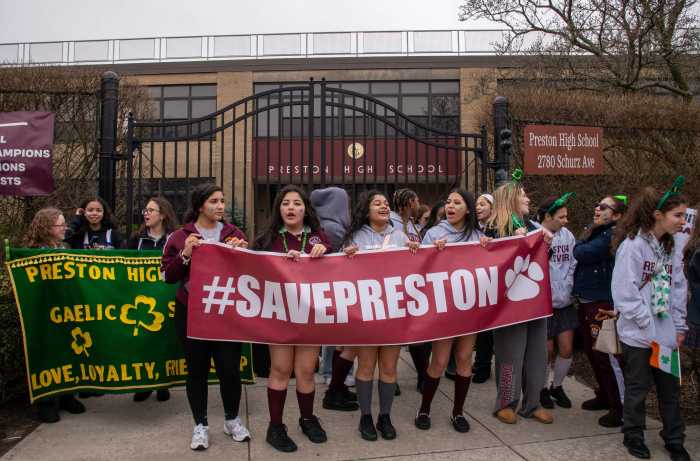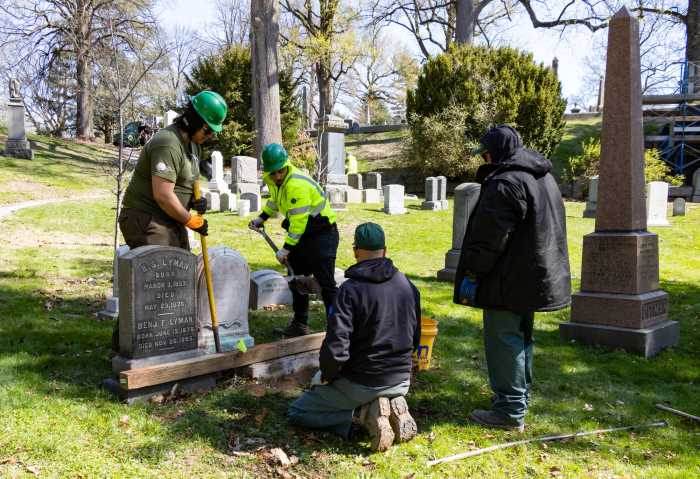Nearly 10 years after Hurricane Sandy inundated much of Lower Manhattan, the East River waterfront received its first floodgate last week.
The $1.45 billion East Side Coastal Resiliency Project (ESCR) has been underway since November 2020 and aims to protect the Lower East Side from extensive flooding has seen some minor setbacks over the last several months. However, there is a light at the end of the tunnel for the Department of Design and Construction (DDC) with the installation of the project’s first floodgate in Stuyvesant Cove.
A large portion of the floodwall has already been erected along the Stuyvesant Cove Park waterfront, but on Feb. 24, New York City’s first 42-foot, 32-ton floodgate was lifted into place and fitted into the wall. Workers in hardhats carefully helped guide the mammoth gate as a crane lifted it into the air. The structure was then carefully flipped upright and slotted into place in what was a major milestone for the project.
The floodgate, when closed, will enable the city to shore up its coastline should another major storm churn up powerful, destructive waves on the waterfront in the future.
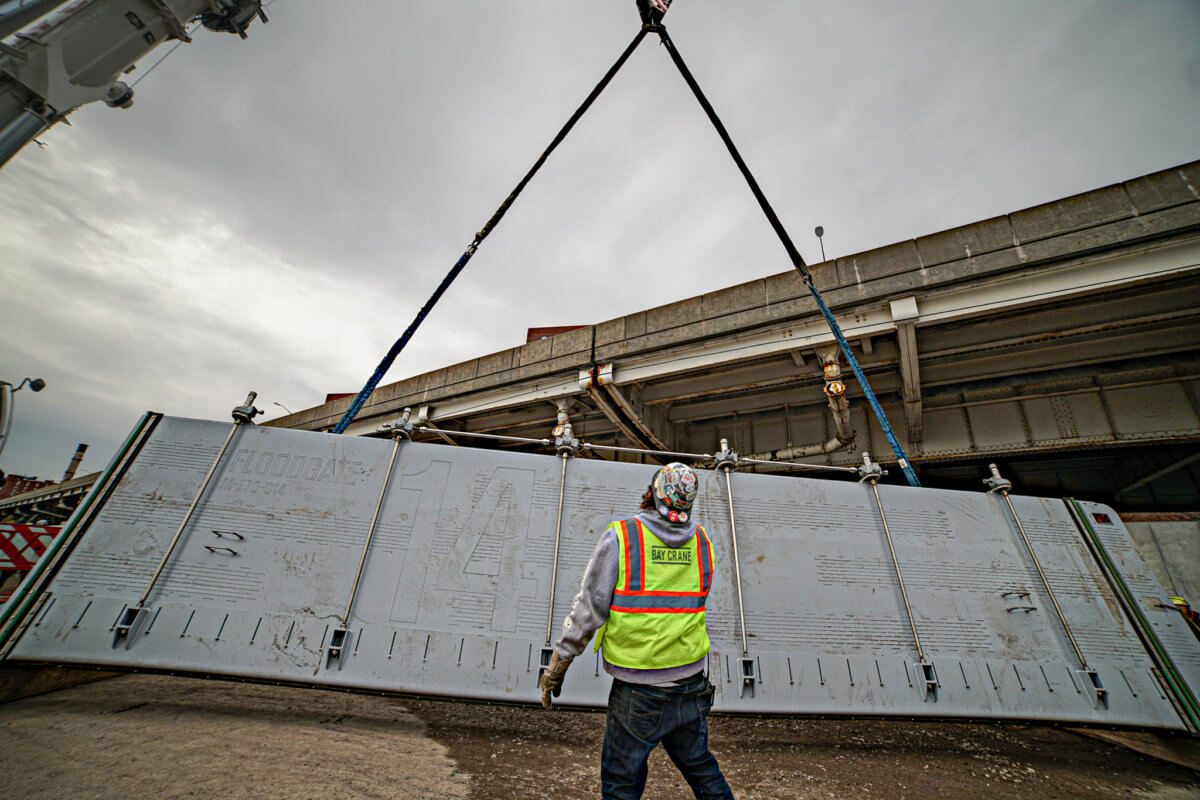
“Really, really exciting day. It’s a monumental moment not only for the agency, but for the city,” DDC Commissioner Thomas Foley told amNewYork Metro.
The 32,000-pound gate is to remain open after construction is completed but can be closed in advance of a coastal storm to protect the surrounding area. This will also allow pedestrian traffic to maintain access to the waterfront unless there is an emergency. Foley explained that it is imperative to ensure New Yorkers can continue to enjoy Stuyvesant Cove.
“It is critical, it’s critical for success. The only way that we can have a successful resiliency project here—one of the largest in the US—is to ensure that we maintain access at all times to this critical park area,” Foley said.
The gate was constructed in upstate New York before being transported to Lower Manhattan for the implementation.
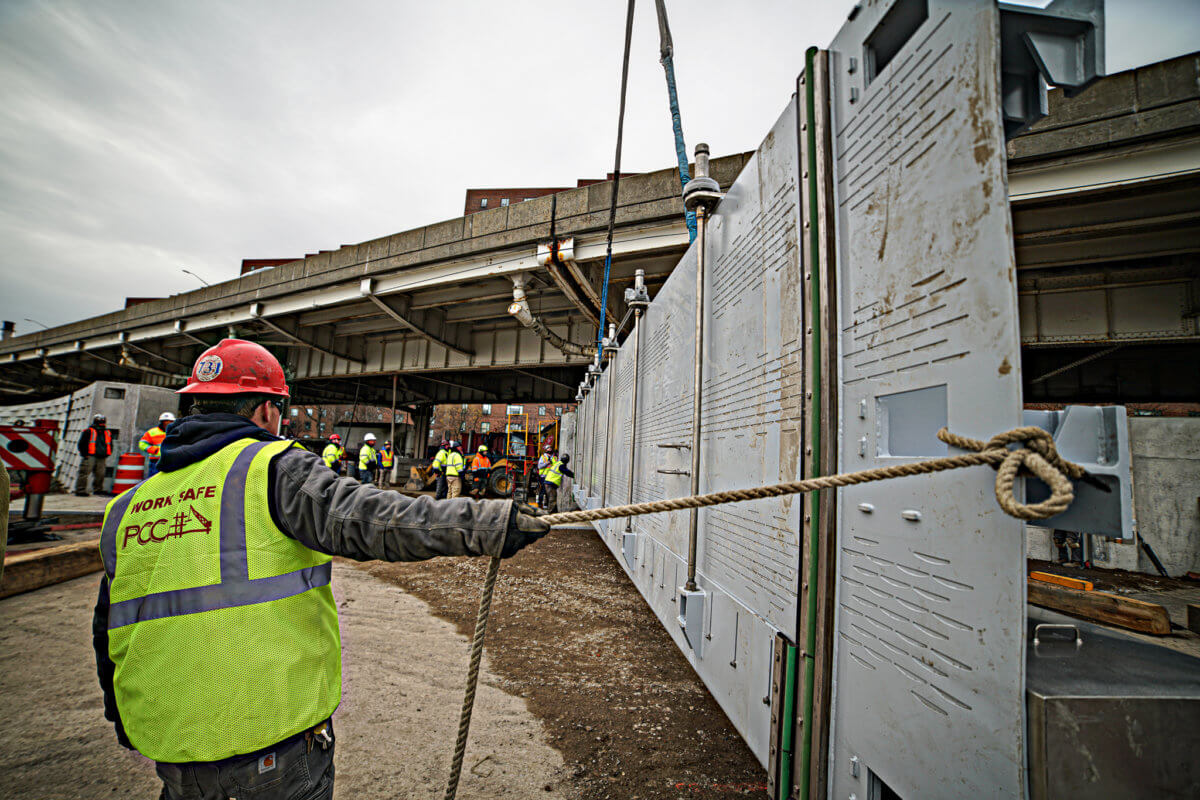
The ESCR is a protection plan devised as a response following the devastation of superstorm Sandy and the mass flooding it wrought. From Montgomery Street up to Asser Levy Playground, the ESCR is implementing a 2.4-mile-long barrier consisting of flood walls, berms, raised parkland and swinging and rolling gates in hopes of protecting residents from further storms while also adding quality of life improvements to East River Park such as new amenities.
While the controversial East River Park portion of the construction isn’t expected to be completed until 2026, the Stuyvesant Cove Park portion has an expected end date of 2024.
“We’re on time and on budget and we will complete this portion of the project by October of 2024. We actually have financial incentives for early completion with the contractor and we’re gearing up towards that as well,” Foley said.
